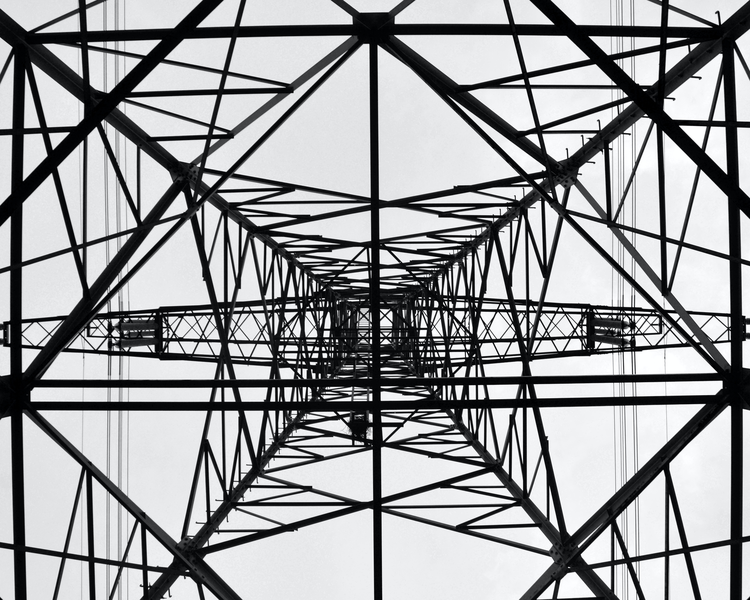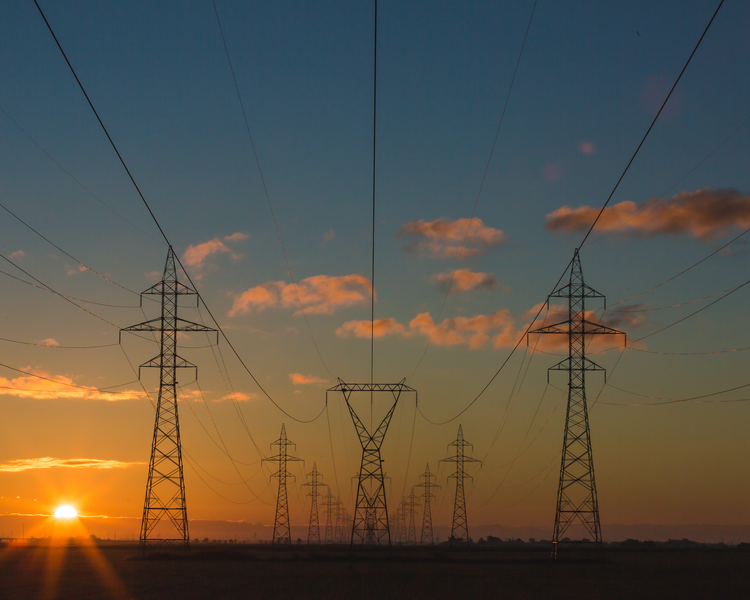The knowledge and innovation challenges often require a long-term programmatic approach. These have been elaborated in the Integrated Knowledge and Innovation Agenda (IKIA) through 13 Multi-Year Mission-Driven Innovation Programs (MMIPs). The system integration program directly aligns without MMIP13 for 'A Robust and Socially Supported Energy System'.
Our core tasks involve initiating, developing, setting up, and guiding knowledge and innovation programs and projects. This is done in collaboration with knowledge institutions, businesses, and governments. We support these Public-Private (PPS’en) where we share knowledge and innovations.
A robust and socially supported energy system.
-
The energy transition involves various stakeholders who are directly or indirectly involved in the development and management of the energy system. The success of the energy transition can only be achieved with broad support and societal acceptance. It is crucial that the transition is transparent and equitable. In this subprogram, we focus on addressing these aspects of the energy transition.
-
The energy transition has significant technical implications. In this subprogram, the focus is primarily on the technical integration within the energy system. This involves examining the technical aspects of the chains for generation, transmission, distribution, storage/conversion, and utilization of various forms of energy (electricity, methane, hydrogen, and heat). Energy flexibility plays a crucial role in aligning demand and consumption, supply and production, and available transport capacity.
-
Subprogram 3 focuses on the economic aspects of the energy system. The energy transition has an impact on the existing economic subsystem. To ensure the robustness and affordability of the energy system, new market incentives are required. Additionally, various parties will need to make significant investments to transition towards sustainability, while there is still uncertainty about the return on these investments. Costs and benefits may not always be distributed equally. Moreover, the new energy system will have a different dynamic, with changes in stakeholder behavior, more fluctuation in supply and demand, and increased interdependence among different energy carriers.
-
In this program, we investigate the spatial aspects of the energy transition. The new sustainable energy system requires a significantly larger spatial footprint and has different and greater impacts on the quality of the living environment compared to the old fossil fuel-based system. This means that careful spatial integration is necessary, taking into account other spatial functions and the quality of the living environment.
-
The energy transition involves significant uncertainties and unexpected developments. It is crucial to involve decision-makers in the process and ensure that stakeholders have the necessary knowledge and insights to respond swiftly to new developments. Program 5 focuses on various components that are essential for comprehensive decision-making.
Are you professionally involved in any of these themes? Or do you recognize these themes as challenges in your work within the energy transition? System integration offers solutions to address uncertainties and dependencies associated with this process.
Want to learn more?
If you have any questions or would like to discuss how to get started, please contact us.
Read more aboutMMIP 13- een robuust gedragen energiesysteem (pdf).





